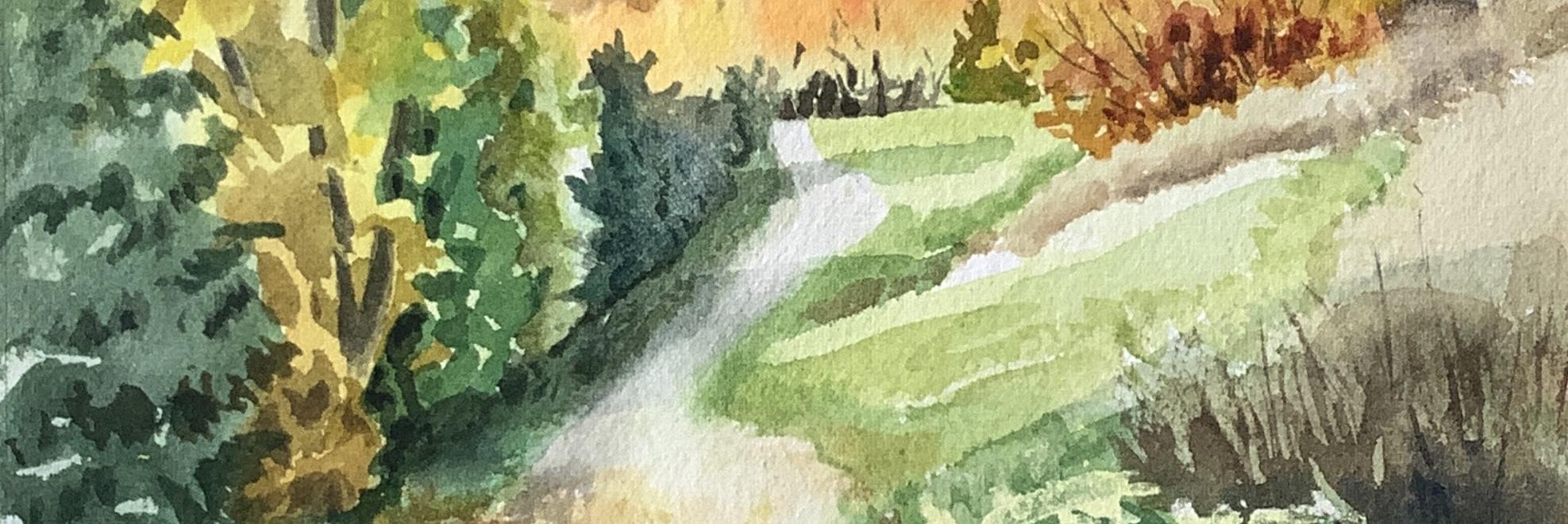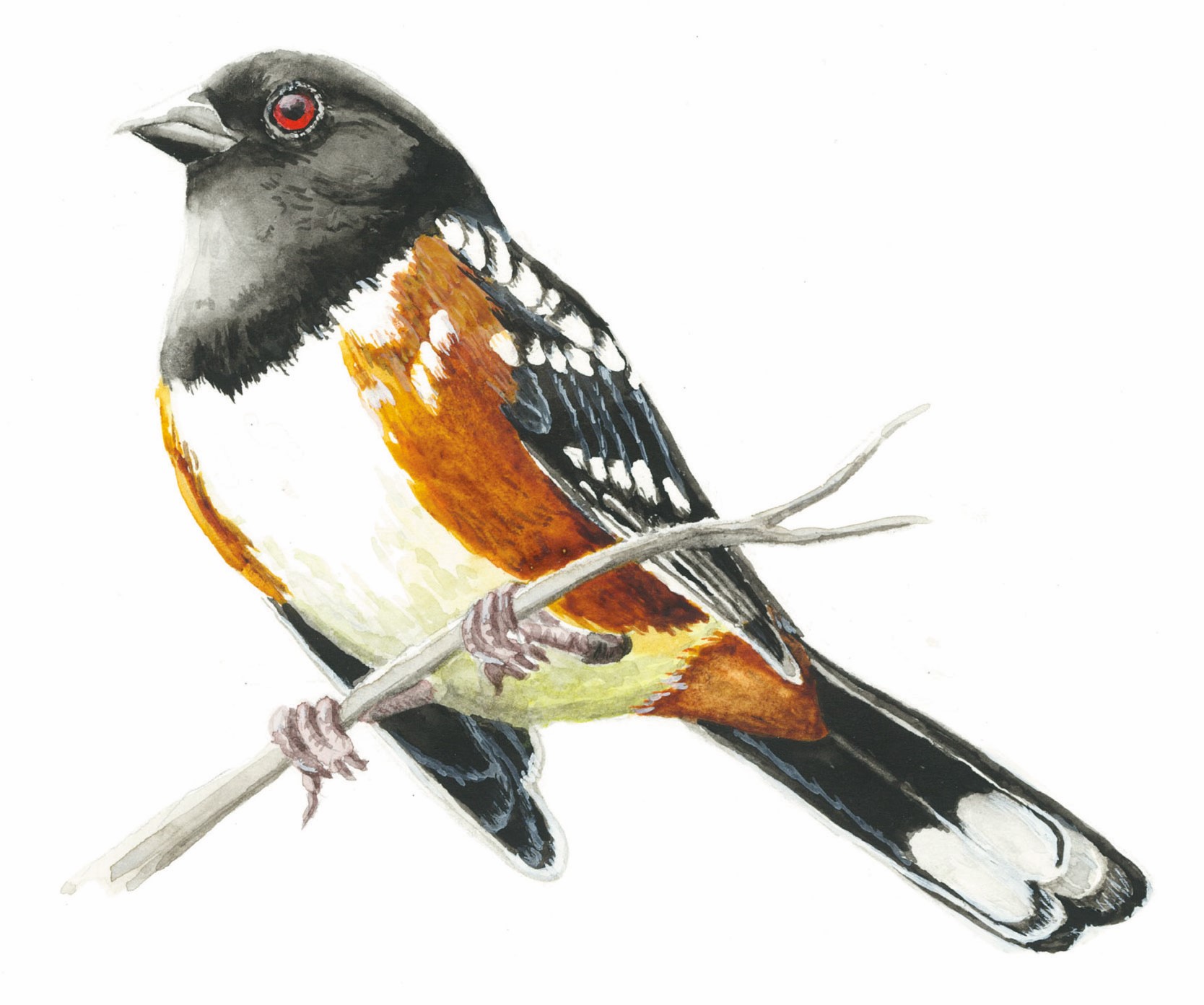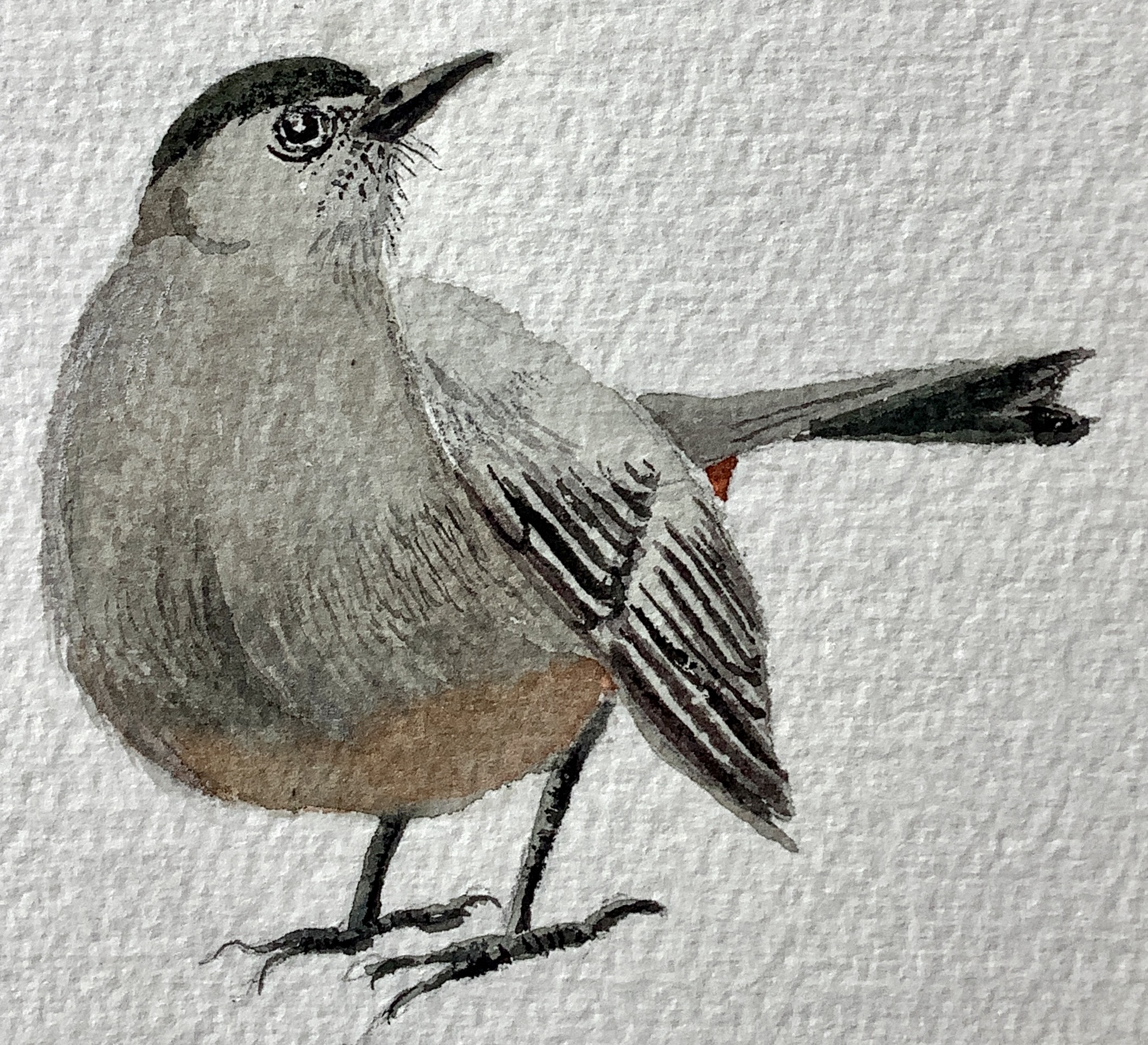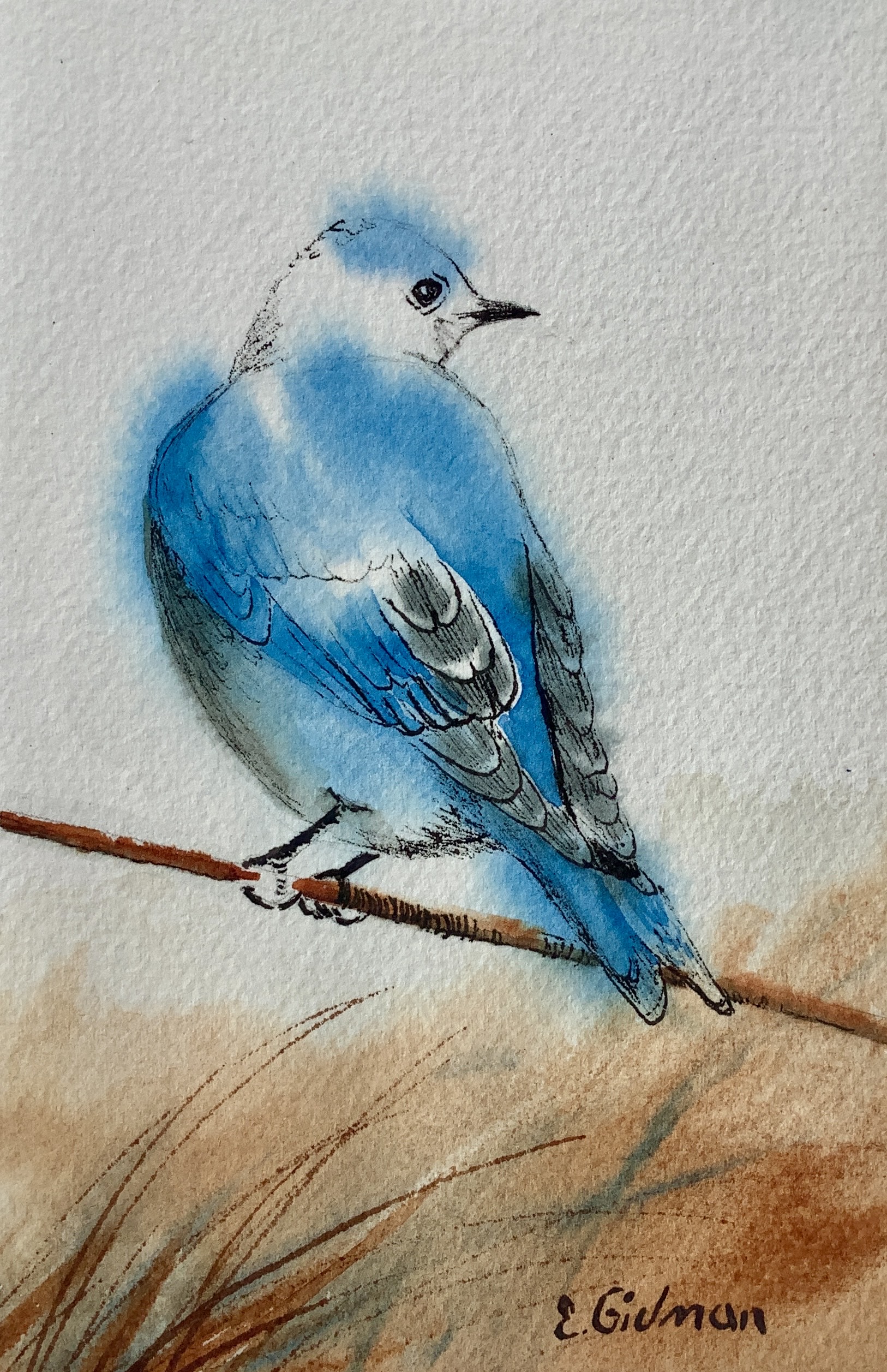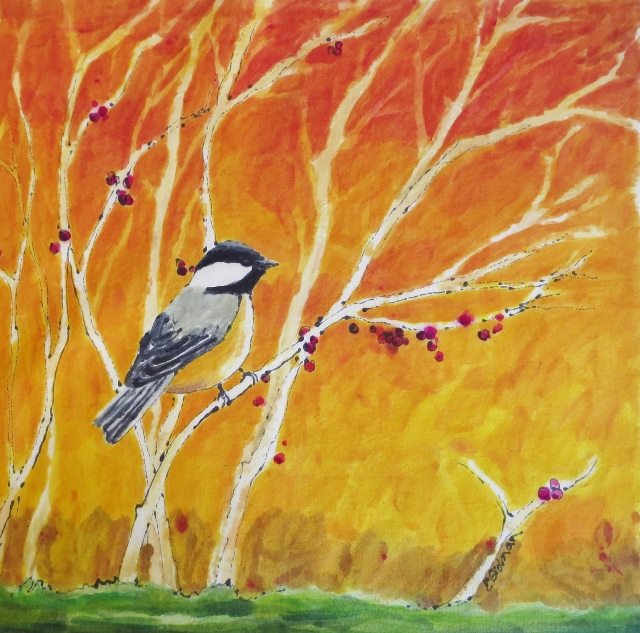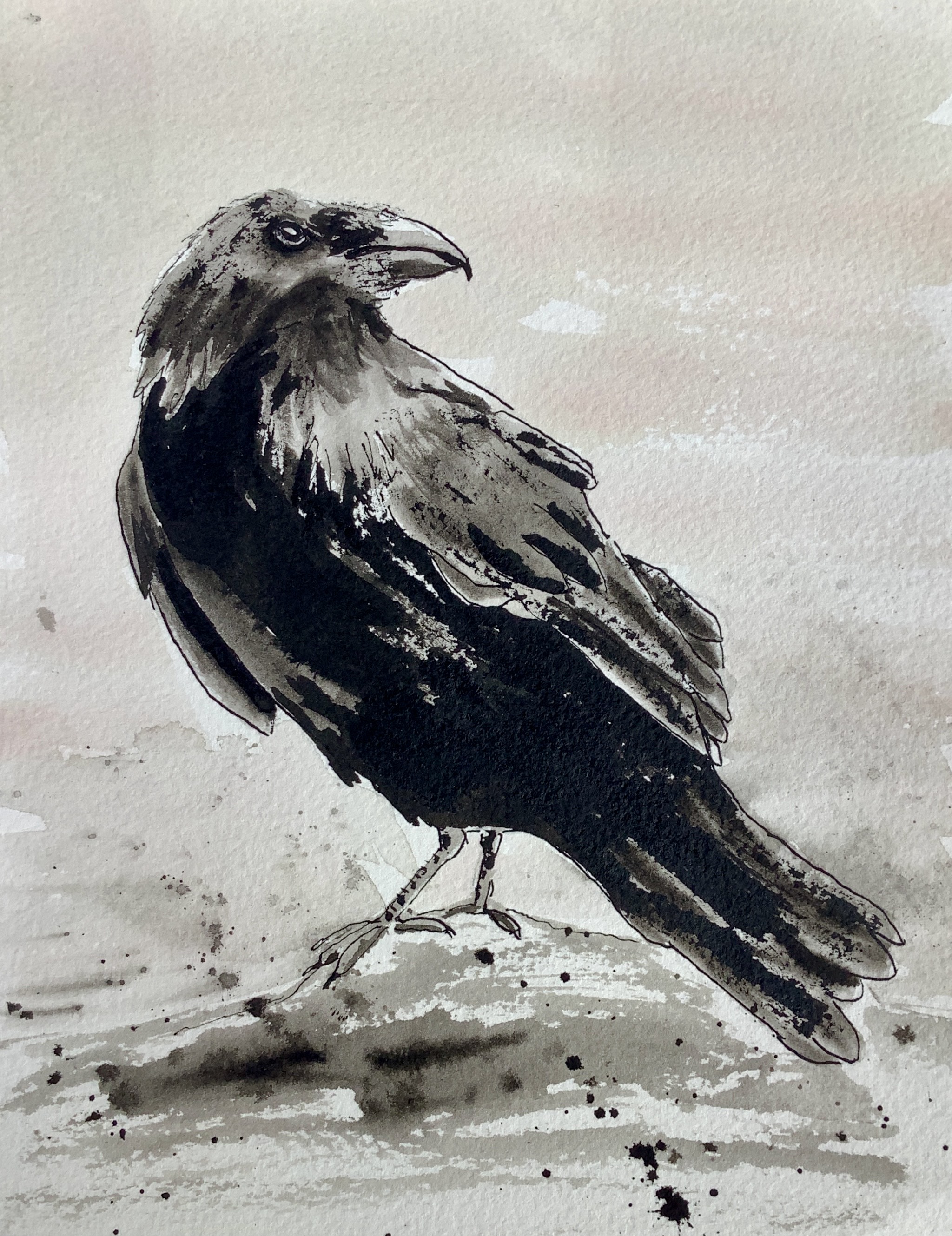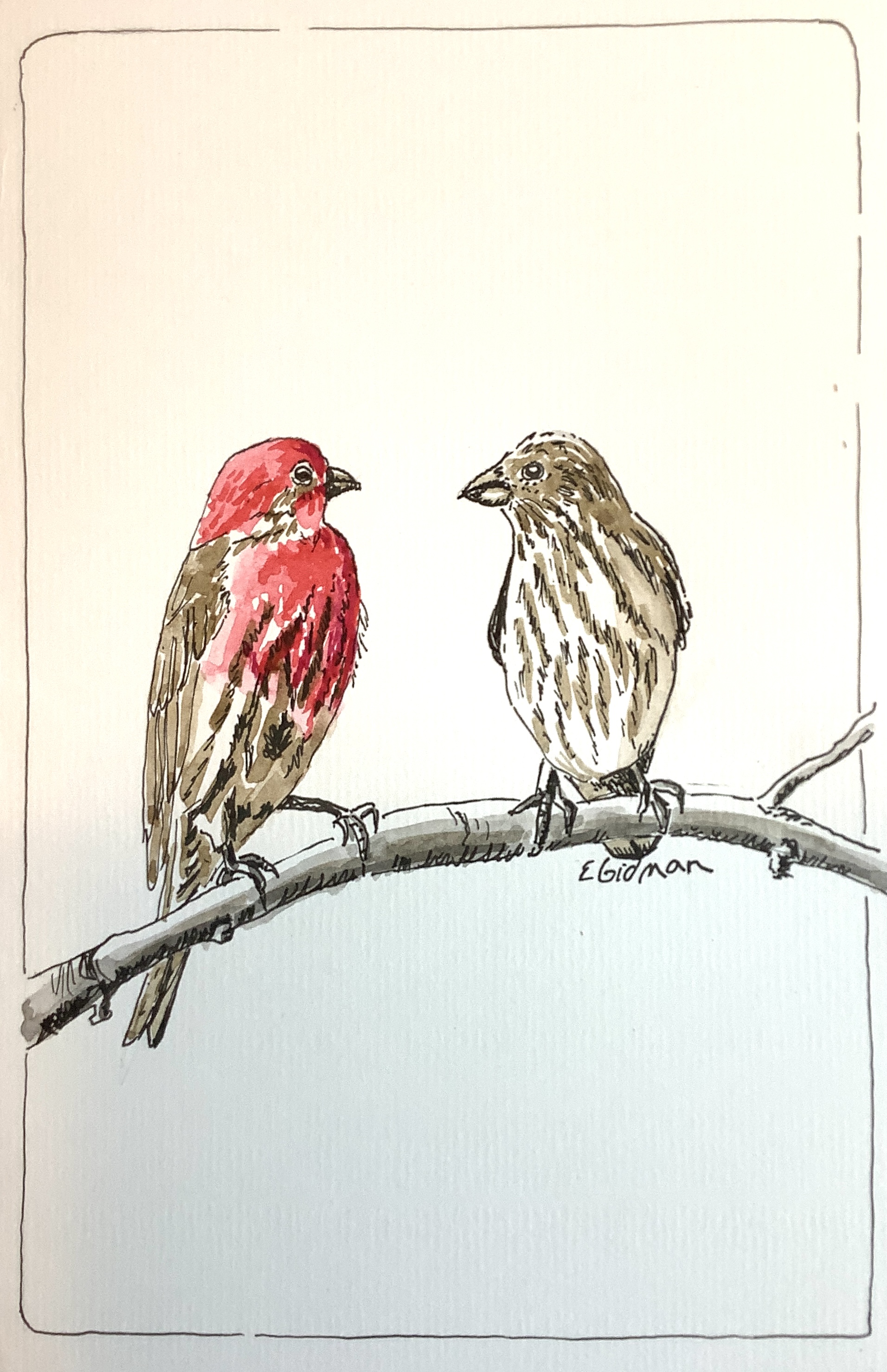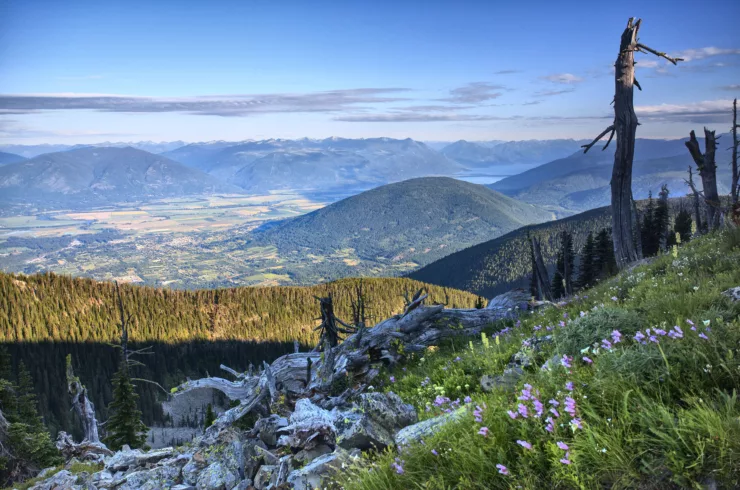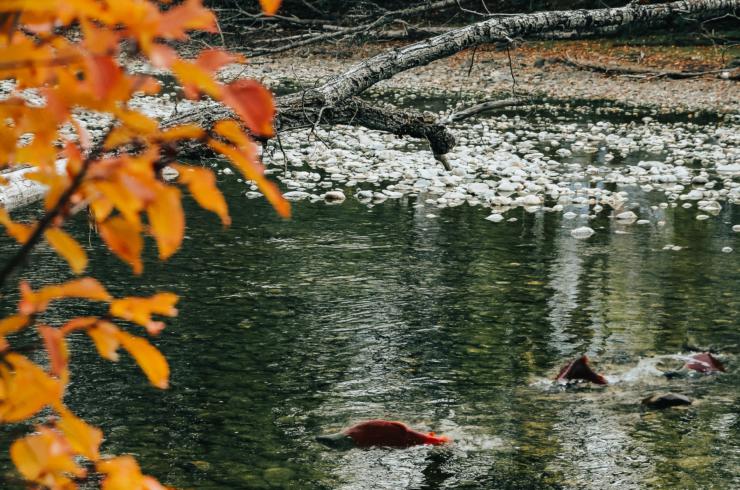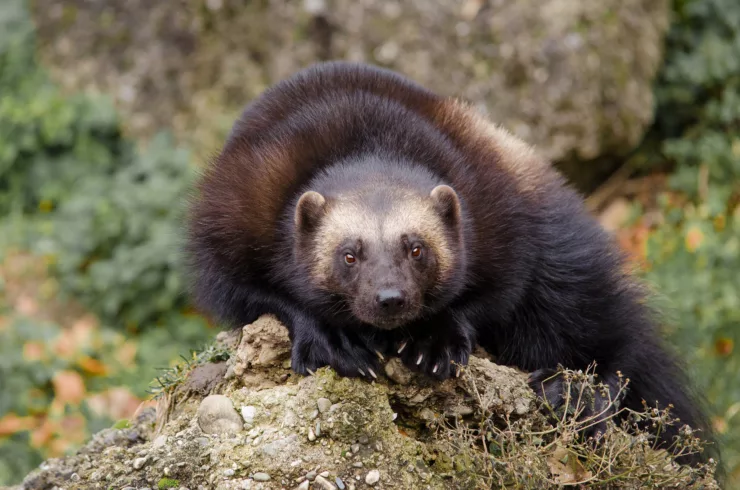The Devon Bird Trail was made possible with funding from ….
Lazuli Bunting
LAZULI BUNTINGS prefer brushy patches and shrub thickets along forest edges, marshes, fence lines, roadsides, and transmission corridors (sourced by Linda Van Damme 2020).
The lively song is a high, sharp warbles. Listen to a Lazuli Bunting!
The male is a small turquoise-blue finch with pale cinnamon across his breast and side and with 2 white wing bars.
Spotted Towhee
Spotted Towhees are common in drier parts of the valley where there are shrub thickets. Preference to ocean spray, ninebark, mock-orange, saskatoon, snowberry, and wild rose (Linda Van Damme). Towhees are ground-dwelling and will scratch noisily through dead leaves but are sometimes difficult to see. They also enjoy visiting feeders and bird baths. Look for the long tail, dark head, white spots on wings, rufous flanks, and red eyes.
Ring-necked Pheasant
RING-NECKED PHEASANTS can be found in open fields and along weedy forest edges.
They can be heard more than seen with the males giving loud, harsh, hacking calls followed by a short burst of noisy wingbeats. This can be heard year-round but in the springtime more frequent. Pheasant Sounds
Widely introduced from Eurasia, with our local Creston Valley birds being introduced in 1912 when Dr. Henderson received a shipment of birds from an Okanagan hatchery. He was an avid hunter and Creston’s first doctor! (sourced from Van Damme 2020)
Gray Catbird
Have you ever heard a hoarse, catlike mewing coming from the tickets? Gray Catbird Sounds
Male GRAY CATBIRDS make musical and harsh sounds — including the catlike mewing responsible for its name. One whole song can last many minutes. Sounds include whistles, squeaks, gurgles, whines, and nasal tones. The Gray Catbird is a master of mimicry, imitating other birds, frogs, and even car alarms with its versatile voice.
Sometimes the catbird will come out of hiding to show off the blackish cap and rufous undertail feathers.
Blue Jay
BLUE JAYS can be seen and heard in either urban or rural environments.
Most observations of this species is in the autumn and winter when flocks move around neighborhoods visiting feeding stations especially those stocked with unshelled peanuts (source from Linda Van Damme 2020).
Jays are very noisy with a shrill, harsh, descending scream as if saying “jaaaaaay”!! Blue Jay Sounds
Watch for the flashing white tail and wing patches as it flies away. It has a pretty pale blue color with a black ‘necklace”.
Mountain Bluebird
Adult males are sky-blue overall, darker above than below.
Mountain Bluebirds hunt insects from perches or while on the wing, hovering flight, and quick dives.
Mountain Bluebirds nest in natural cavities and woodpecker holes but also like nest boxes which can be seen on fence posts. Putting up a nest box is a great way to keep them on your property to watch them feed the nestlings!
Black-capped Chickadee
It’s springtime and you can hear a little bird asking for a cheeseburger! What does this mean? ….
The “Fee Bee” Song – also known as “Hey Sweetie” or “Cheeseburger” is a sweet little whistled tune that male BLACK-CAPPED CHICKADEES start singing in mid-January to April.
There are many functions to the Cheeseburger song – chickadees use it to signal aggression to other males, defend a territory, attract and arouse females, or to maintain social hierarchies. For each chickadee, this little song is unique and can help them figure out who is who in the neighborhood.
Chickadees make their extremely common “chickadee-dee-dee” call during feeding situations, or anytime there are groups of chickadees gathered together. The ‘dee’ notes increase in intensity if they are alarmed. So there might be other animals around like owls, hawks, or cats!
American Crow
AMERICAN CROWS can be found and heard everywhere! They are widely distributed especially near human habitation so they are very hard to miss. Crows are around throughout the year and can be pests in fruit orchards and crop fields (sourced from Linda Van Damme 2020). They can also be found at most road-killed carcasses, cattle feedlots, woodlands, and marshes.
Red-breasted Nuthatch
Have you ever heard a loud nasally “ank ank ank” coming from a coniferous forest? It’s a tiny RED-BREASTED NUTHATCH!! Listen Here!!
Nuthatches have a unique tree-climbing method where one foot is placed lower to act as a brace. The higher foot grips the bark. This enables them to climb head down a tree, feeding on insects gleaned from bark crevices. If you have a feeder near some woods, they will come visit for seed.
House Finches
The red of a male House Finch comes from pigments contained in its food during molt (birds can’t make bright red or yellow colors directly). So the more pigment in the food, the redder the male. This is why people sometimes see orange or yellowish male House Finches. Females prefer to mate with the reddest male they can find, perhaps raising the chances they get a capable mate who can do his part in feeding the nestlings.
Male House Finches sing a long, jumbled warbling composed of short notes. The song often ends with an upward or downward slur, and lasts about 3 seconds. Males may sing throughout the year. Females sometimes give a shorter, simpler version of the song .House Finch Songs







